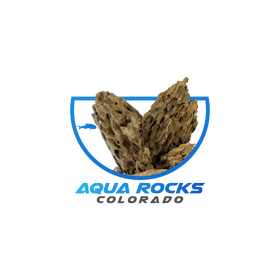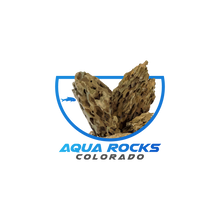Tackling Algae in Aquariums: Causes, Prevention, and Effective Treatments
Tackling Algae in Aquariums: Causes, Prevention, and Effective Treatments
Algae are a normal part of any aquarium, but when they get out of control, they can quickly turn your aquascape from stunning to stressful. Understanding what causes algae and how to manage it is key to keeping your tank healthy and beautiful.

What Causes Algae in Aquariums?
- Excess Light: Too much or prolonged lighting encourages algae growth.
- Nutrient Imbalance: High levels of nitrates or phosphates fuel algae blooms.
- Poor CO2 Levels: Inconsistent or low CO2 can give algae the upper hand over plants.
- Overfeeding: Uneaten food breaks down and releases nutrients that algae love.
- Infrequent Maintenance: Skipping water changes or filter cleanings lets nutrients build up.
Common Types of Algae
- Green Spot Algae: Appears as tough green dots on glass and rocks—often from low CO2 or poor flow.
- Hair Algae: Fine, green strands that grow on plants and hardscape—usually from excess nutrients.
- Brown Algae (Diatoms): Dusty brown coating, common in new tanks or low-light setups.
How to Prevent and Treat Algae
Prevention
- Balance Lighting: Limit to 8 hours per day, and use a timer for consistency.
- Optimize CO2: Keep levels steady, especially in high-tech tanks.
- Regular Maintenance: Change water weekly and clean filters to remove excess nutrients.
- Feed Carefully: Only as much as fish will eat in a few minutes.
- Plant Heavily: Healthy, fast-growing plants outcompete algae for nutrients.
Treatment
- Manual Removal: Use an algae scraper or brush for glass and rocks.
- Algae-Eating Species: Amano shrimp, Siamese algae eaters, and otocinclus can help control growth.
- Adjust Nutrients: Test water and tweak fertilization to avoid excesses.
- Spot Treatments: Use hydrogen peroxide or commercial algae treatments carefully as a last resort.
Aqua Rocks Colorado’s Pro Tip
If you’re struggling with persistent algae, book a consultation or join one of our aquascaping workshops. We’ll help you diagnose the root cause and get your tank back on track.


Leave a comment